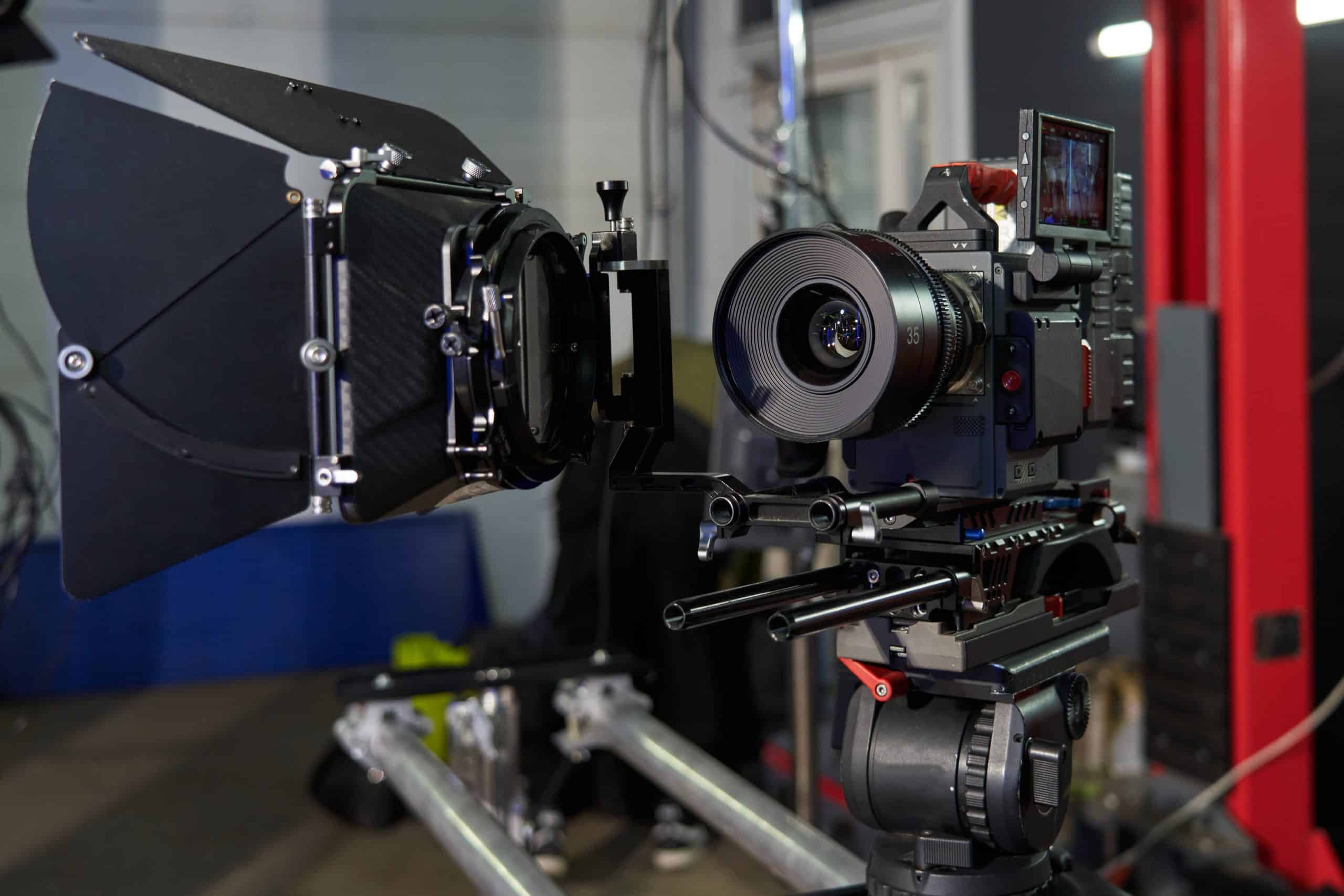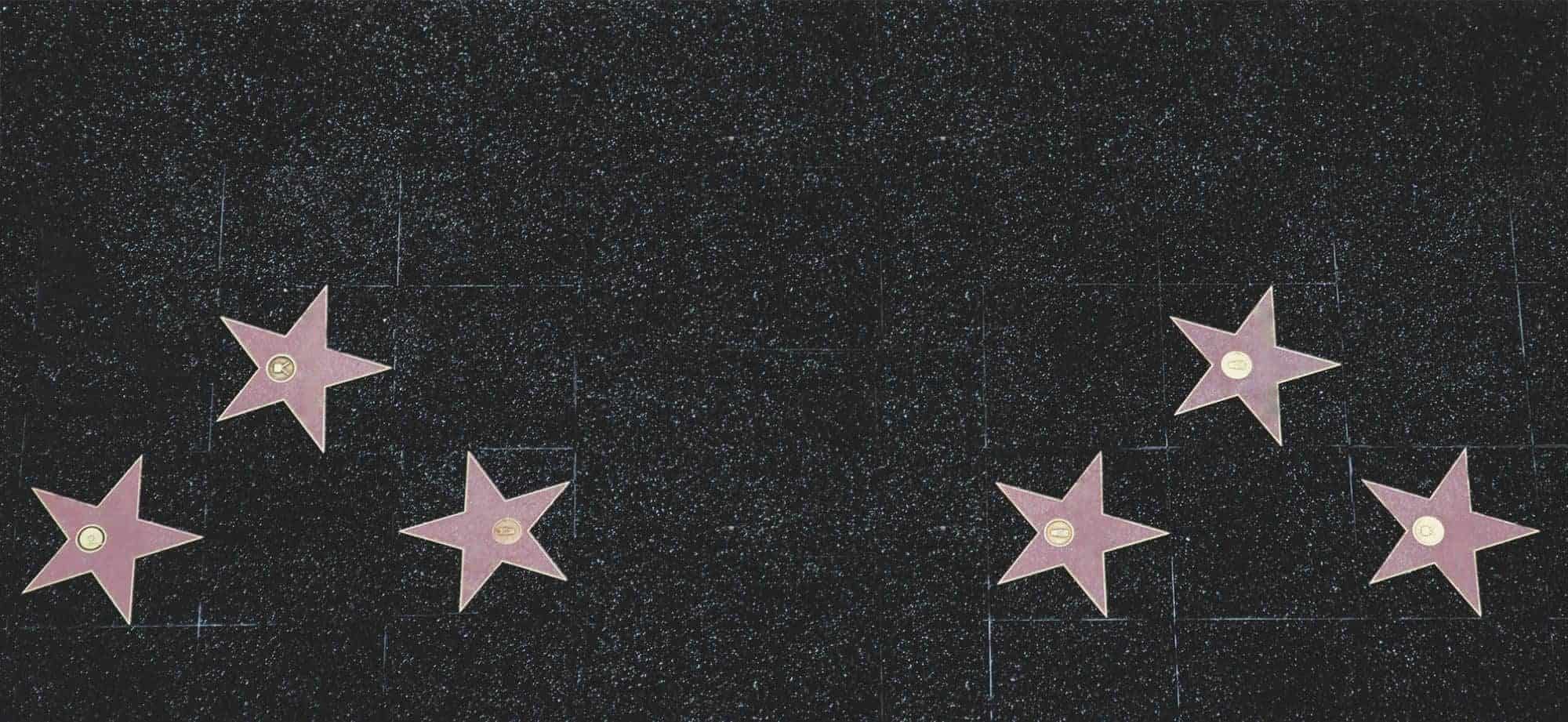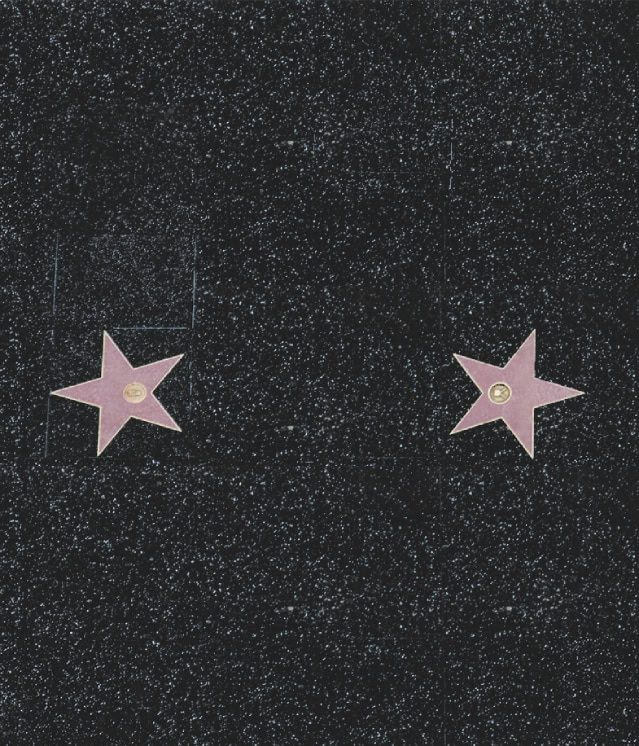
The best locations for closeup shots
Close-up shots need the ideal location to show every detail. For a photography project or film scene, the right backdrop is key. This article looks at great spots for close-up shots.
Nature has a lot of stunning settings for close-up shots. Flower fields, forests – any natural landscape provides lots of subjects. Vivid flowers, and tree bark texture – can make amazing imagery. Animals in their natural habitats can also be a challenge and a reward to capture.
In cities, there are plenty of opportunities for close-up shots. Streets with diverse architecture and graffiti are perfect for capturing unique textures and patterns. An old building’s weathered facade, street art’s vibrant colors – it’s all up close.
Indoors, museums, and art galleries offer interesting subjects for close-up shots. Sculptures, paintings, and everyday objects can be explored creatively through macro photography. Appreciate craftsmanship and artistic elements up close.
A friend once searched an abandoned warehouse for the right location for a close-up shot. They found an old typewriter. Covered in dust and cobwebs, its nostalgic charm drew them in. They focused on its keys and captured the beauty of decay. The photograph showed corroded metal but also evoked emotions of the time.
Factors to Consider for Close-up Shots
Lighting, composition, and focus are critical for close-up shots. Good lighting reveals details, while composition creates a captivating frame. Accurate focus produces sharp images with intricate textures and details.
The subject’s appearance matters too. Skin or an object’s surface becomes more visible at such proximity. Makeup and cleanliness must be considered for preparation.
Background selection affects the impact of shots. A clean background keeps attention on the subject’s details. Select backdrops that complement or contrast the subject for stunning visuals.
Once, a photographer went to a market for close-up shots. They saw an elderly woman with weathered hands and expressive eyes. Captivated, they decided to take her portrait.
Each wrinkle told a story of resilience and wisdom. This close encounter resulted in a powerful photograph that resonated worldwide. Showcasing the power of close-up shots to capture raw emotions.
Photographers must remember the important factors for close-up shots: lighting, composition, focus, preparation, and background selection. These elements can transform ordinary moments into extraordinary memories, frozen in time forever.
Best Locations for Close-up Shots
Are you looking for perfect spots to take stunning close-up shots? Here are 3 top locations that will make your photography skills soar!
- Botanical Gardens: Enjoy the serenity of botanical gardens. Endless opportunities for close-ups await; from delicate petals to intricate textures, capture a captivating world!
- Urban Streets: Explore the city’s bustling streets! Colorful graffiti and architectural details provide a wealth of close-up subjects. Blend street life with your creative vision and watch your photos come alive.
- Wildlife Sanctuaries: Get close to nature’s wonders! With patience and a keen eye, take breathtaking close-ups of exotic animals in their natural habitats. A one-of-a-kind experience!
Add creativity by trying out different angles and lighting techniques. Make your shots stand out!
Did you know? National Geographic photographers often go for unique close-up shots to show off nature’s beauty and details.
Tips for Getting the Perfect Close-up Shot
For beautiful close-up shots, you need a careful approach and a keen eye for detail. Try these tips:
- Invest in a macro lens. It will help you capture intricate details.
- Choose a wide aperture, like f/2.8 or lower, for a shallow depth of field.
- Make sure your lighting is good. Natural light or artfully placed artificial lights will enhance your subject.
- Don’t rely on Zoom. It’s better to get closer to your subject to capture more detail.
- Experiment with angles to make your close-ups stand out.
Practice makes perfect. Keep trying, learning from your mistakes, and refining your technique.
To make your close-ups special, look for abstract patterns in nature, capture everyday objects, or portray emotions through portraits.
A photographer once took close-up shots of an old rusty lock on a wooden door. The result? An extraordinary image that evoked feelings of nostalgia and curiosity.
So get the right gear, use the right techniques, and unleash your creativity. Perfect close-up shots are within reach!
Conclusion
Close-up shots add an enchanting touch to any photography portfolio. From small details to intricate textures, you can delve into the unseen beauty of your subject. So let’s explore the best locations for close-up shots!
Botanical gardens offer vibrant colors. City streets are alive with activity. Each place has its own unique charm. Exploring these settings will unleash your creativity and capture the essence of your subject.
Close-up photography is not just about location. It’s about improving your skills and seeking new perspectives. Get creative and don’t limit yourself to one place. Experiment with different subjects and settings to develop your own style.
The takeaway? Never stop exploring! Push yourself creatively and never settle. There is always something new waiting to be discovered. Embrace the fear of missing out and unlock the full potential of your photography journey.
Go out and create magic! Capture delicate petals or immortalize wrinkles. Let your photographs tell stories about the wonders of our world.
Frequently Asked Questions
Question 1: What are the best locations for close-up shots?
Answer: The best locations for close-up shots would depend on the specific subject you are photographing. However, some common options include nature parks, botanical gardens, urban areas with architectural details, and museums with interesting exhibits.
Question 2: Can you give some examples of natural locations ideal for close-up shots?
Answer: Certainly! Natural locations such as flower fields, beaches with intricate seashells, forests with unique mushrooms, or waterfalls with cascading water droplets can provide excellent opportunities for capturing close-up shots of various elements.
Question 3: Are there any indoor locations suitable for close-up photography?
Answer: Yes, indoor locations can be great for close-up shots, especially when capturing details of objects or people. Examples include studios with controlled lighting, art galleries with intricate artwork, or even your own home with interesting decor.
Question 4: How important is lighting for close-up shots?
Answer: Lighting is crucial for close-up shots as it can dramatically enhance the details and create the desired atmosphere. Soft, diffused lighting is generally preferred, especially when photographing subjects like flowers or delicate textures to avoid harsh shadows.
Question 5: Should I use a specific lens for close-up shots?
Answer: Yes, using a macro lens is highly recommended for close-up shots as it allows for capturing fine details and achieving a high level of magnification. However, you can also experiment with other lenses by using extension tubes or close-up filters to achieve similar effects.
Question 6: Is it necessary to seek permission when photographing in public locations?
Answer: In most cases, you don’t need permission when photographing in public locations. However, it’s always advisable to respect people’s privacy and be mindful of any specific rules or regulations that may apply to certain places, especially if photographing at private establishments or capturing recognizable individuals.
Subject: The best locations for closeup shots
Company: Hollywood Connections Center
Network: MyHollywoodPage.com
The Hollywood network of arts and creative professionals.





